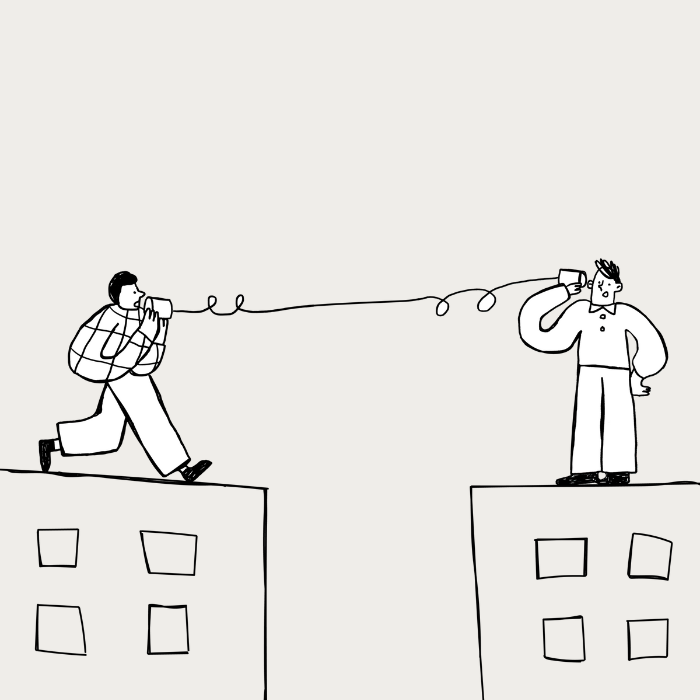
My son has learned a new skill – and it’s not the one his teeth are meant for!
Now that the majority of baby and toddler teething is over (thank goodness), my little guy has decided to use his chompers for something other than chewing food. I know that biting is his way of telling me something, so I enlisted child behaviour expert Anne Dobson to help me handle the situation.
Why has my 16-month-old started to bite and show other behaviours like pulling hair and squeezing?
“Of course, it is difficult to be sure without conducting a behaviour assessment, but chances are that your 16-month old’s behavior is more likely to be a call for attention,” says Anne. “Toddlers need huge amounts of attention, and they will do whatever it takes to get it from you.”
I fear that when I tell him off, he sees my reaction as a game or a reason to laugh and continue the behaviour. How do I manage this?
“When he laughs at you, it could be because you have given him the attention he’s been looking for. He probably continues the behaviour because he now knows that if he squeezes, bites or scratches you, that you will look at him and talk to him. It’s pretty hard to ignore someone if they scratch you. So he does it again because it works for him. While we know that biting, scratching and squeezing is not the best way to get someone’s attention, he’s too young to understand that. The toddler years are a time of experimentation, so he will try what works, discard what doesn’t and keep doing what does work.”
Not to stereotype, but is it more common for boys to release their frustration this way? I didn’t experience this behaviour with my daughter.
“It may not necessarily be a boy thing but rather a second child thing. It might not have happened with your daughter because she was an only child. Therefore she may have had all your attention and did not need to escalate her behaviour to get it. Although, I have often seen toddlers behave in this way to get their parents to notice them when a new baby arrives. Explain your toddler’s behaviour to older siblings, so they can understand rather than get annoyed or retaliate back. Help them to show the toddler better ways he can get her attention, using the 3 steps shown here.”
Three Ways To Manage Negative Attention-Seeking Behaviour
Assuming it is attention your child needs, then there are three things you can do:
- When he shows signs of looking for attention, such as walking up to you, or patting your arm, try to respond quickly.
- Show him how you want him to get your attention. You could play a game where he pats you on the arm, you look at him and then you say “boo” . Then you pat him on the arm and he looks at you, and you say “boo”.
- Spend 1:1 time with him where you focus on him exclusively, such as reading a story, playing with blocks or in the sandpit
HOW TO FEED THE NEED
Toddler’s attention spans are short, so they might only want you to look for 1-2 minutes. The frustration for you may be that they may want you to respond 20 times in an hour. Believe it or not, the best way to reduce the demand, is to give it to them when they need it. I call this approach ‘Feed the Need’ because the need for connection and the need for food fire the same regions of the brain. Of course it is not possible to give your child 100% of your attention 100% of the time. In fact, it’s not healthy. Just like it is unhealthy to give your child food constantly throughout the day. Healthy eating involves eating nourishing food several times a day. When you eat good quality food that sustains you, you only need to eat several times a day, and the hunger is gone. This is what is meant by quality time. You don’t need to feed your child attention all the time. Providing them with quality attention will sustain them like good quality food. Quality time is when you spend time together with your child and focus your attention primarily on them. Quality time can look like reading bedtime stories together, going for a walk and looking at the bugs on the tree, playing a video game together. This is why many child care professionals encourage eating together at the dinner table at regular times. You’re feeding your child’s two primary needs, food and attention. You use the time to concentrate on your child and what happened in their day. If your child’s behaviour looks like attention seeking, then they are telling you they have an unmet need that is as powerful as hunger. Set aside blocks of time where you feed your child the attention they need.








